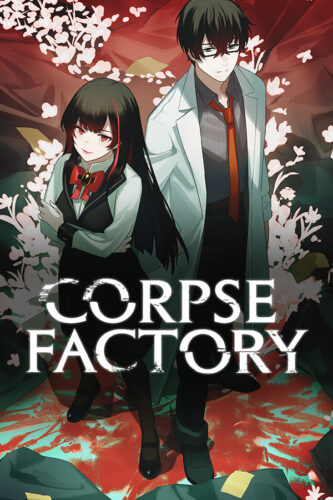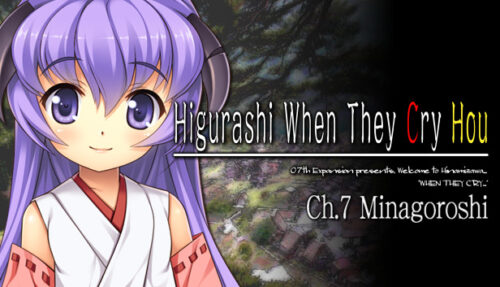 Not to be confused with Corpse Party (although the name did throw me for a loop the first few times I saw it), Corpse Factory is a visual novel I’ve been curious about ever since it came out.
Not to be confused with Corpse Party (although the name did throw me for a loop the first few times I saw it), Corpse Factory is a visual novel I’ve been curious about ever since it came out.
It recently had a good sale on the eShop, so I picked it up to play this October.
Corpse Factory is about a mysterious website where it’s claimed you can submit someone’s picture and phone number to request their death, and not only will they die, but they’ll also receive a photo of their corpse first.
That sets up what sounds like an eerie urban legend with the hint of something supernatural at work… but that’s not really the sort of game this is. After the prologue, which sets up the concept, the game switches to the viewpoint of Noriko, the woman running the site, and we learn she uses incredibly realistic photo manipulation to create the corpse photos in the hopes of shocking/scaring the target into suicide.
It’s clear pretty quickly that Noriko is… somewhat unbalanced. Her viewpoint, her visceral glee at the thought of indirectly causing people’s deaths, and her occasional breakdowns create an unsettling and often macabre atmosphere.
I also absolutely love the eerie song used for the intro.
Eventually, she realizes she’ll need help if she wants this to be as successful as possible, and so she forms a team with a couple other characters willing to assist her questionable operation.
For quite a while, Corpse Factory has an intense atmosphere due to following characters whose goals are so disturbing, with a persistent sense that things could come crumbling down at any moment.
Unfortunately, in the later parts of the story, it doesn’t hold up as well. Some plot points feel a bit too contrived, and some twists seem almost like they were added to solely be a twist, without enough care taken to make sure they fit with everything else.
While I have some criticisms with how the later parts of the story turned out, I did enjoy the journey there. It’s worth playing for the early parts of the story and the characters, if nothing else. Three choices during the game determine which ending you get, although I was able to watch all the endings from the menu after I finished.
In short, Corpse Factory falls apart a bit in the latter half of the game, but it’s an eerie visual novel worth checking out nevertheless.


